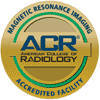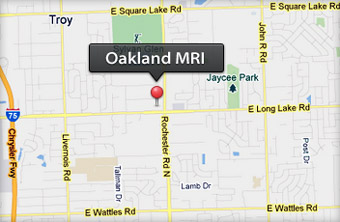In recent years the amount of information concerning the genetics and the biology of gliomas, and particularly of glioblastoma multiforme, increased steadily. Such an increase has been paralleled by the technological progress of MRI. The merging of these scientific areas, as summarized in this review, is helping the stratification of glioma patients for clinical trials and their clinical follow-up. Although available therapeutic options appear limited in number, it is likely that in the next 5 years, both as a consequence of the increased knowledge due to genomic sequencing of hundreds of glioblastoma specimens and to continuous improvements of MRI, new perspectives will be available for these patients, with a sizable impact on their prognosis.
Introduction
Gliomas, the most frequent tumors occurring in the CNS, are defined and graded on the basis of histological features, and pathology is fundamental to predict prognosis and guide the correct patient management.[1] However, pathological diagnosis can be rather subjective and allows considerable interobserver variability, especially in the case of gliomas with mixed histological features.[2] In addition, gliomas of identical histology may be associated with different genetic alterations. Therefore, owing to biological heterogeneity, the histological diagnosis and expected clinical outcome do not match in a significant number of patients and the histological examination does not distinguish tumors responding or not responding to the therapy. Throwing light upon individual biological alterations, molecular analyses may detect subsets of morphologically identical tumors with different clinical behavior (diagnostic markers), describing their prognosis more effectively (prognostic markers).[3] Moreover, molecular biological studies may lead to the discovery of gene-based predictors of therapeutic response, helping to guide more rationally currently available therapies (predictive markers).[4] At present few tumor biomarkers are available for gliomas and it is sometimes unclear how to incorporate molecular genetic information into clinical practice. Differences in study design, patient and specimen characteristics, assay methods and statistical analysis make different studies poorly comparable and also make it difficult to understand the context in which the conclusion should be applied.[5]

